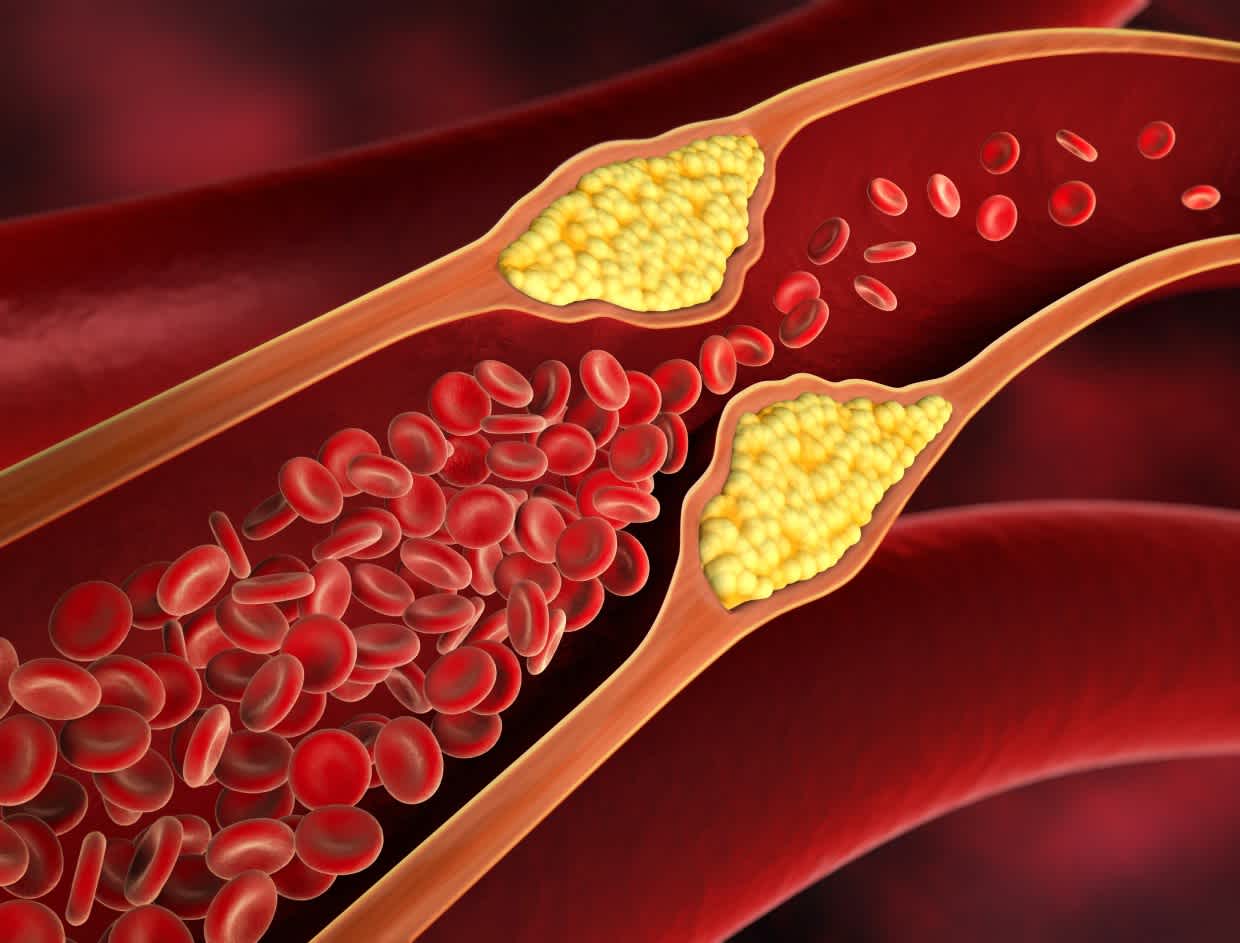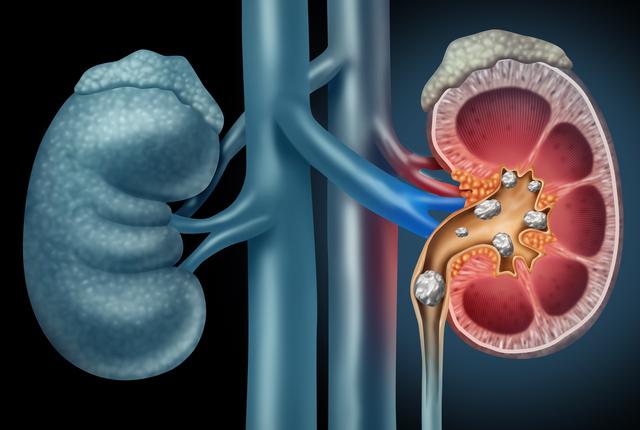Dealing with Low Blood Sugar: What You Need to Know
Published on:April 29 2024
Maintaining the right blood sugar levels is crucial for your health, especially if you have diabetes. However, managing blood sugar tightly can sometimes lead to hypoglycemia, or low blood sugar, which can be just as concerning. Let’s delve into what you should do if you find yourself facing this issue and introduce BUZUD Continuous Glucose Monitoring (CGM) system as part of your arsenal for managing blood sugar.
What is Low Blood Sugar?
When your blood sugar drops below 70 mg/dL, it’s considered low. It’s essential to recognize the symptoms, which may include shakiness, sweating, confusion, and even fainting. If you suspect low blood sugar, it’s crucial to check it promptly.
The 15-15 Rule
For mild cases of low blood sugar between 55-69 mg/dL, you can follow the 15-15 rule: consume 15 grams of fast-acting carbohydrates and recheck your blood sugar after 15 minutes. If it’s still low, repeat the process until it’s within the target range. This could involve consuming items like juice, sugar, glucose tablets, or glucose gel.
Treating Severely Low Blood Sugar
If your blood sugar drops below 55 mg/dL, it’s considered severely low, and the 15-15 rule might not suffice. In such cases, injectable glucagon becomes necessary. It’s essential to have a glucagon kit prescribed by your doctor and ensure that family members or caregivers know how to administer it.
When to Seek Emergency Help
If someone with severely low blood sugar faints and no glucagon is available, if they require a second dose of glucagon, or if they remain confused even after treatment, it’s crucial to call 911. Additionally, if blood sugar remains low 20 minutes after treatment or doesn’t respond to usual treatments, emergency help is necessary.
Aftermath of Low Blood Sugar
After experiencing low blood sugar, especially if it was severe, it’s important to be vigilant. Early symptoms might be less noticeable for up to 72 hours following an episode, so frequent blood sugar checks are essential. Moreover, if severe lows occur frequently, it’s vital to inform your doctor, as adjustments to your diabetes management plan may be necessary.
Introducing BUZUD Continuous Glucose Monitoring (CGM) System
Continuous Glucose Monitoring (CGM) systems like BUZUD offer a proactive approach to managing blood sugar levels. These systems continuously monitor glucose levels, providing real-time data and alerts to help users stay within their target range. With BUZUD CGM, individuals can gain better insights into their glucose trends, allowing for timely interventions to prevent both highs and lows.
In Conclusion
Managing low blood sugar is a critical aspect of diabetes care. By understanding the symptoms, following appropriate treatment protocols like the 15-15 rule, and being equipped with tools like the BUZUD Continuous Glucose Monitoring system, individuals can better navigate the challenges of fluctuating blood sugar levels, leading to improved overall health and well-being.
Related articles:

Silent but Inherited: The Risks and Realities of Genetic High Cholesterol
When most people think of high cholesterol, they picture unhealthy diets, lack of exercise, or...

The Hidden Dangers of High Uric Acid: More Than Just Gout
When most people hear about high uric acid, they immediately think of gout—a condition infamous...

High Blood Glucose: How It Triggers Serious Health Issues in Women
Diabetes is often called a “silent” disease, especially as its early symptoms can be subtle...



